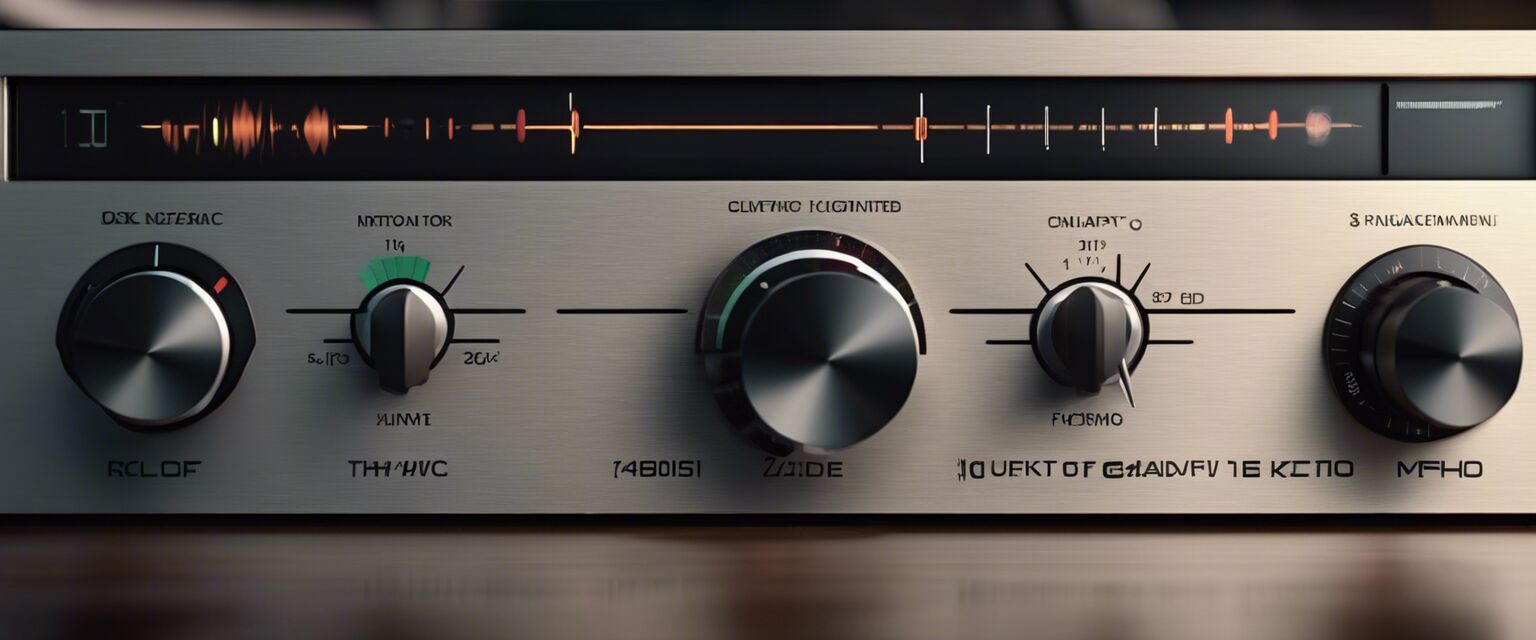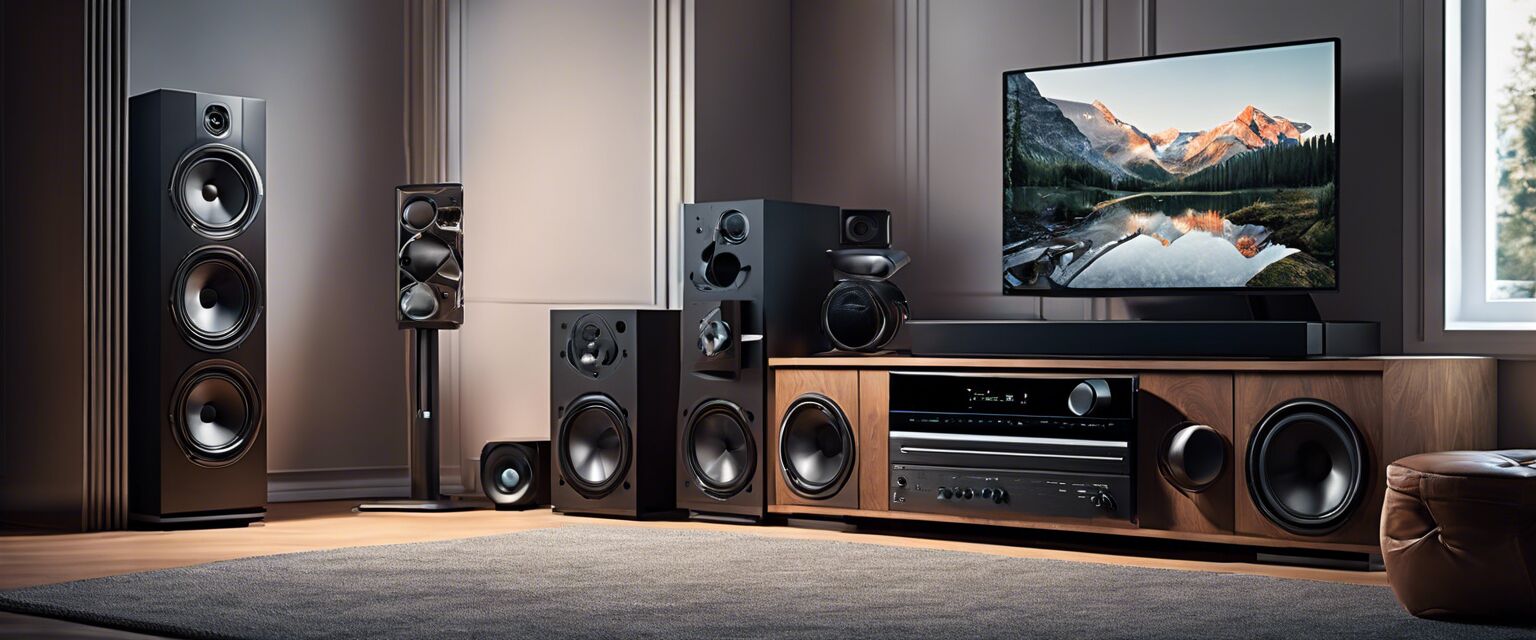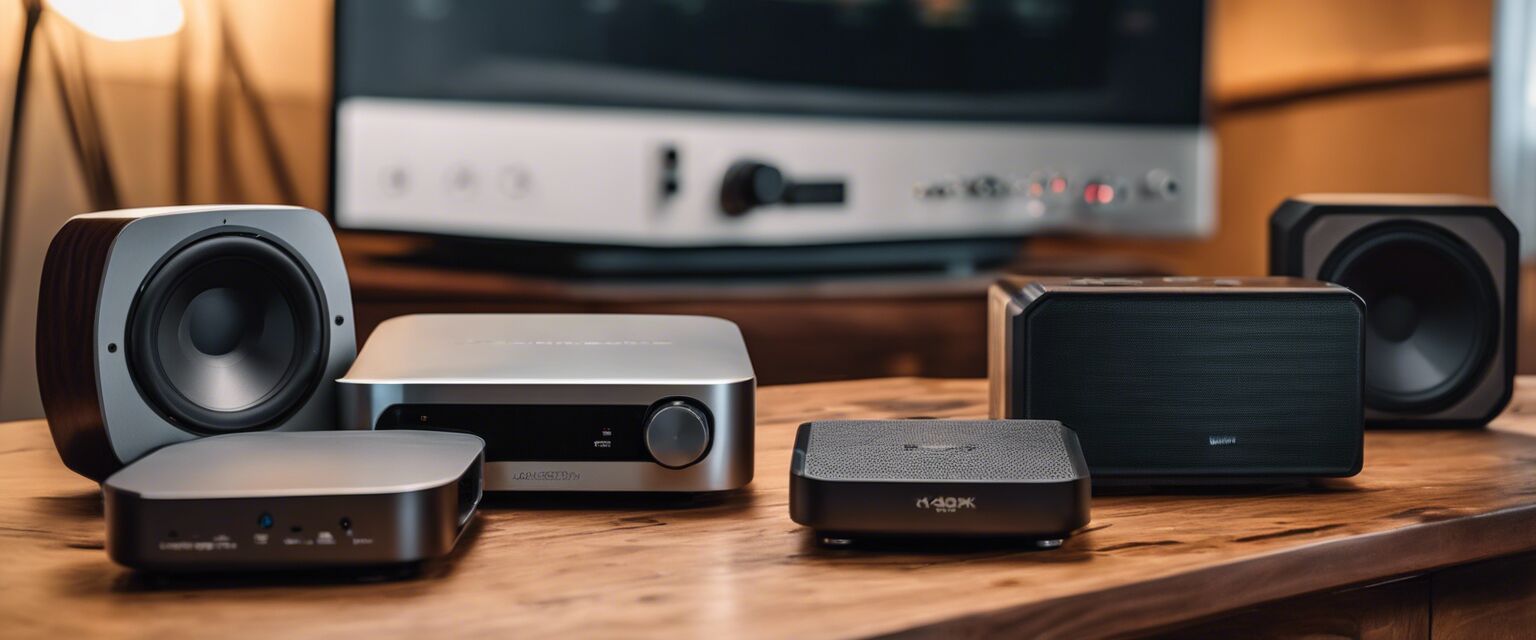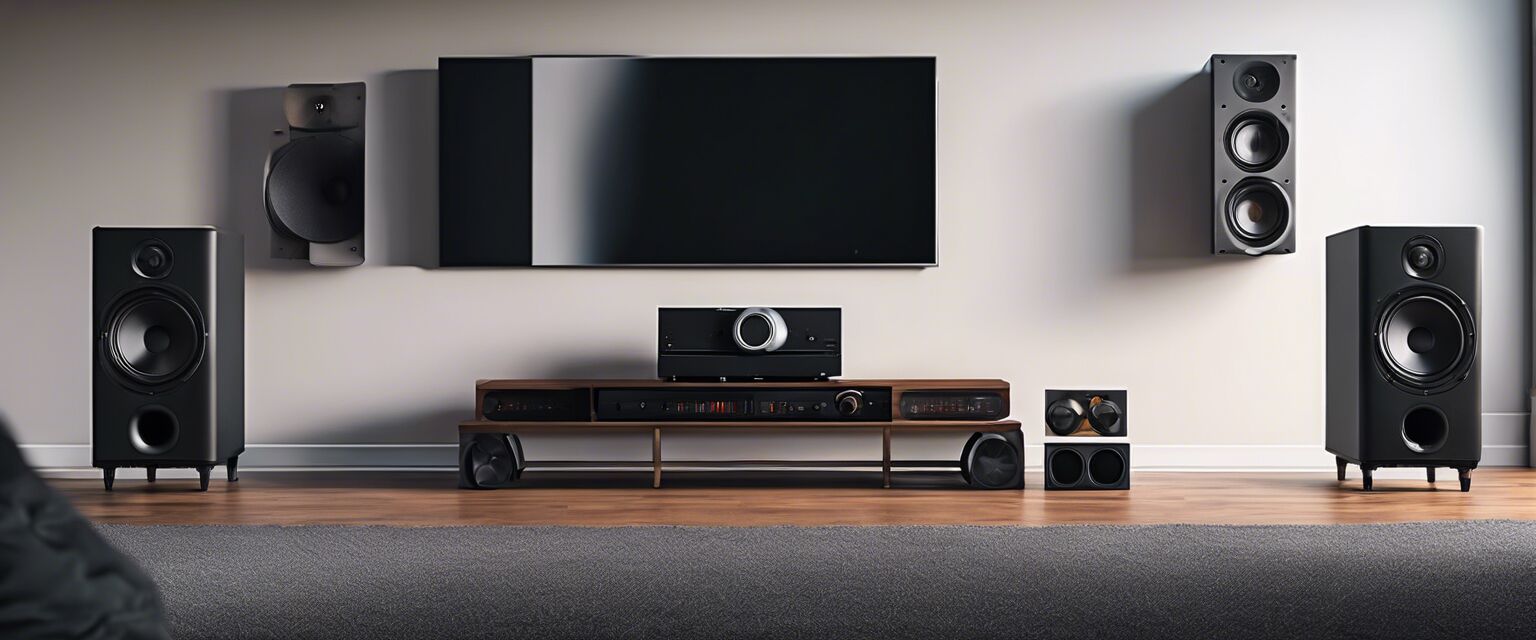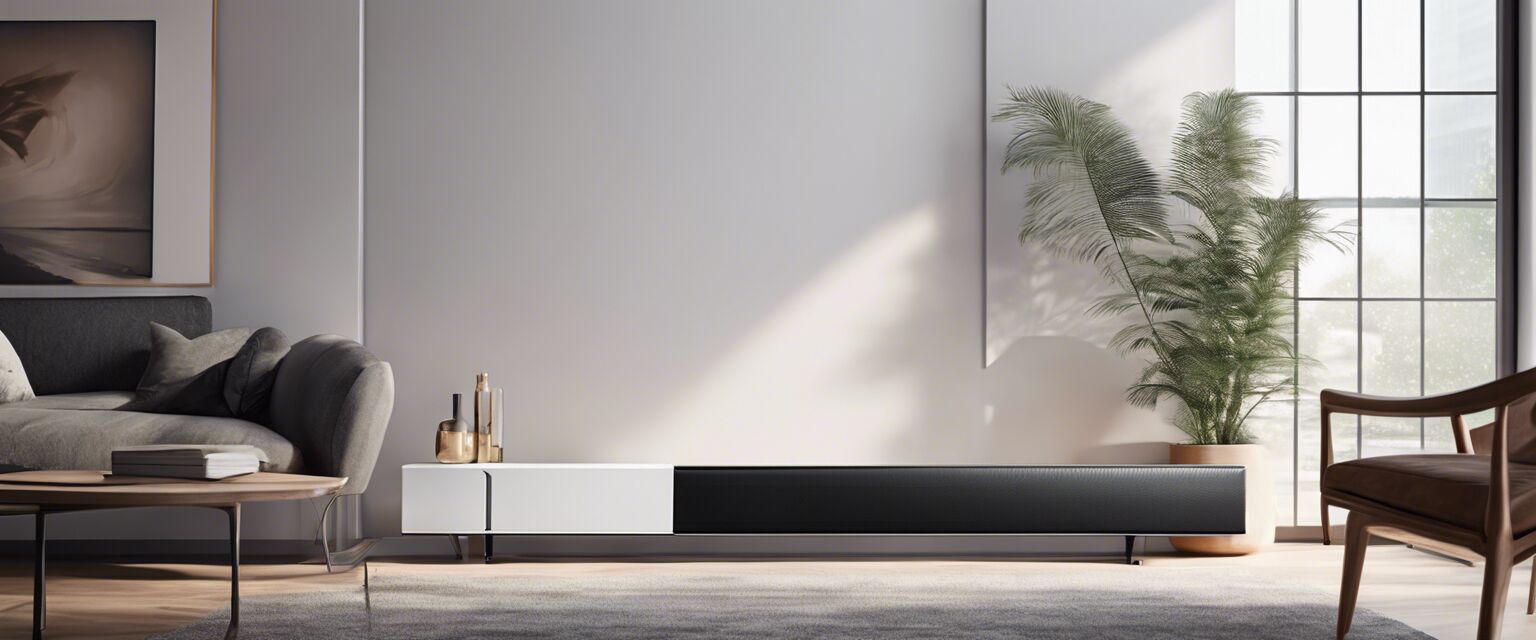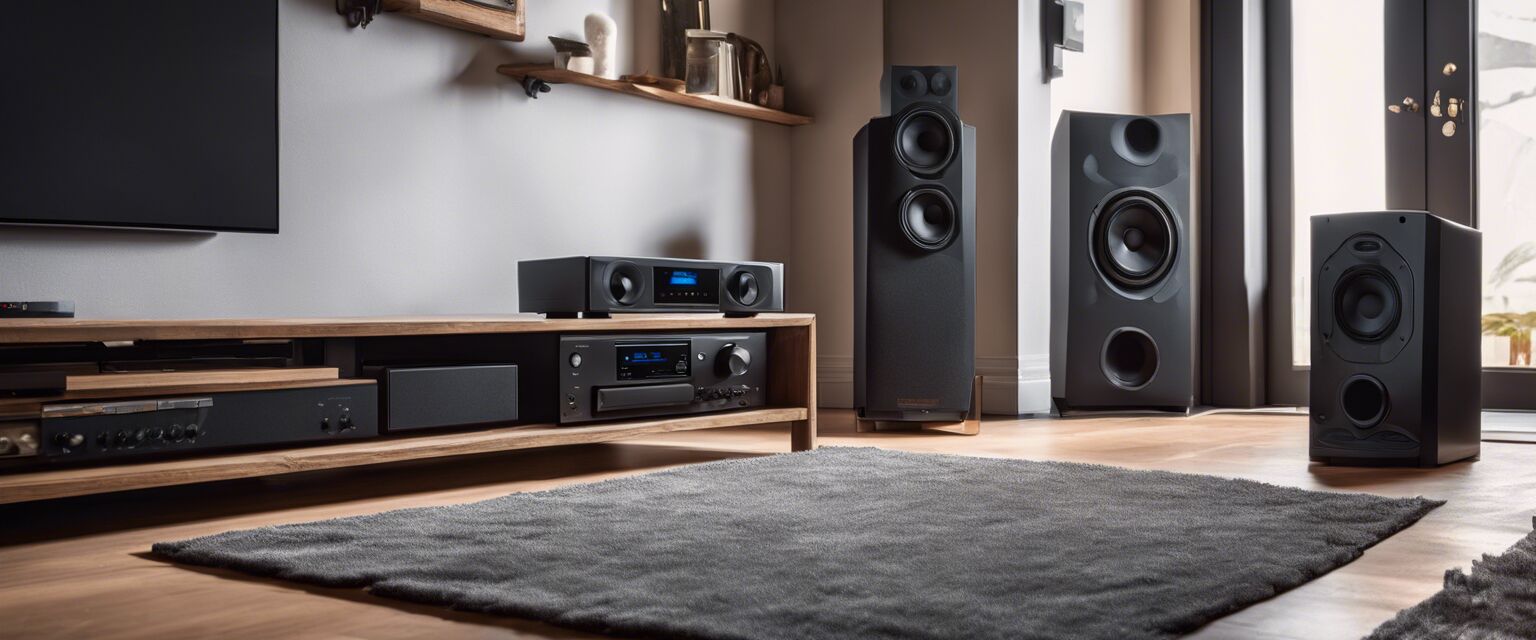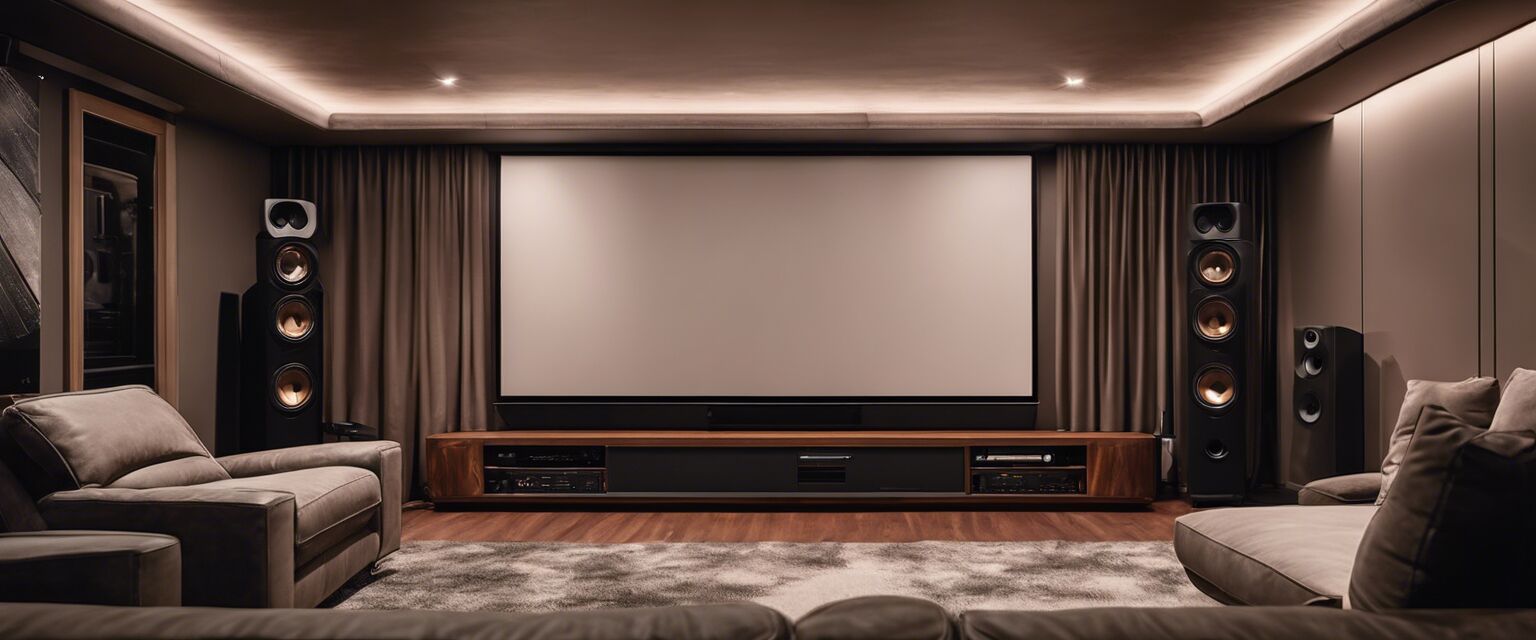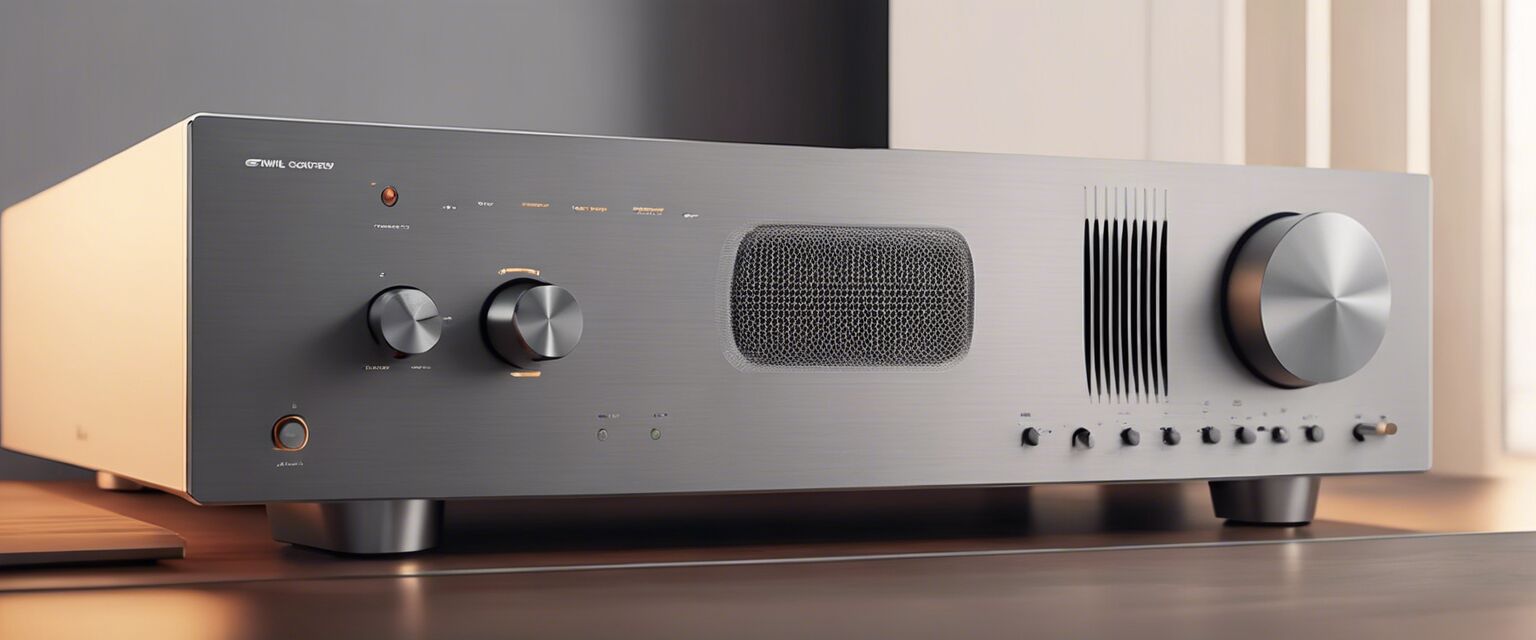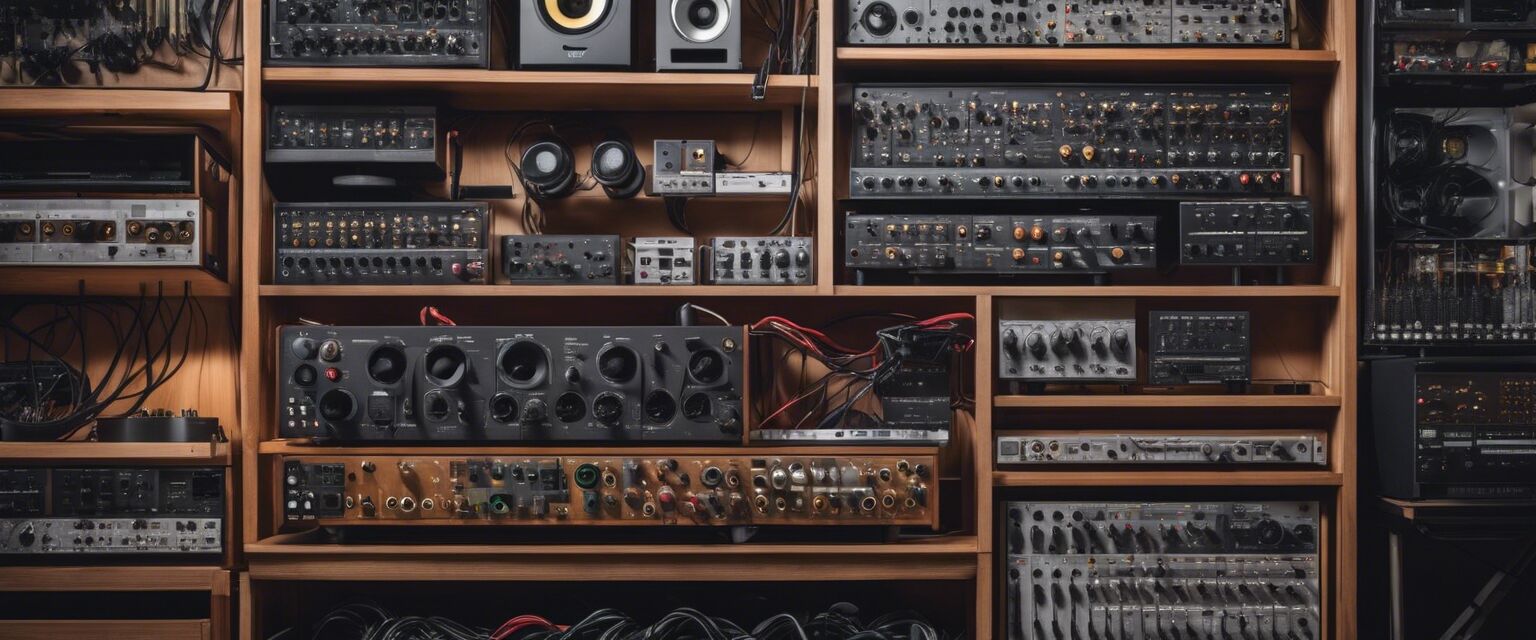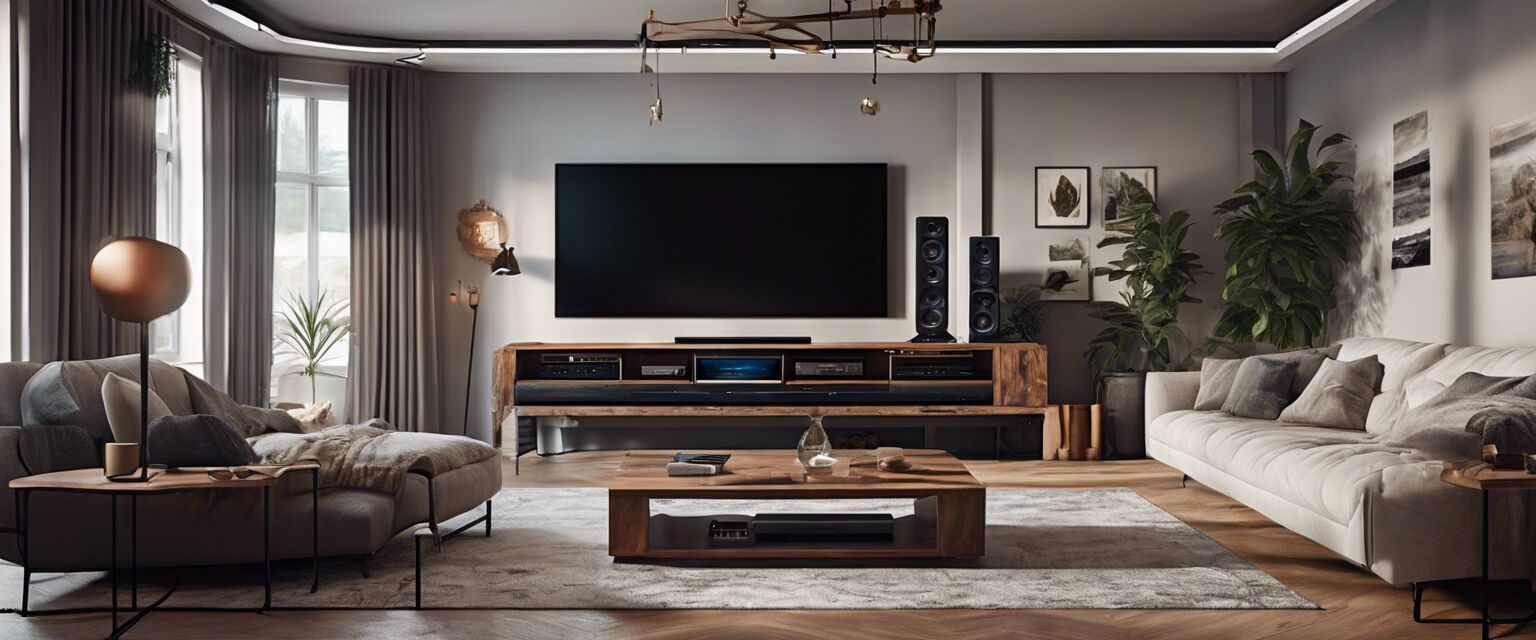
DIY Home Audio Solutions
Key Takeaways
- DIY home audio systems can deliver high-quality sound on a budget.
- Understanding audio components is crucial for creating effective setups.
- Experimenting with placements and configurations can enhance sound quality.
- Researching components and methodologies can save money in the long run.
If you're looking to create an impressive audio experience in the comfort of your home without breaking the bank, you're in the right place. DIY home audio solutions not only allow you to customize your setup to your liking, but they also provide the satisfaction of building something yourself. In this guide, we will explore various components, tips, and tutorials for crafting your budget-friendly audio system.
Understanding Audio Components
Before diving into DIY projects, it's essential to understand the basic components of a home audio system. Hereâs a brief overview:
| Component | Description | Purpose |
|---|---|---|
| Speakers | Devices that convert electrical signals into sound. | To produce audio output. |
| Amplifiers | Devices that increase the power of audio signals. | To drive the speakers more effectively. |
| Receivers | Combine the functions of a tuner, amplifier, and controller. | To manage audio sources and connections. |
| Subwoofers | Speakers designed to reproduce low-frequency sounds. | To enhance bass response in audio playback. |
Getting Started with DIY Audio Systems
1. Choosing Your Components
Your first step is choosing the right components to suit your audio needs. Below are some guideline tips:
- Determine your budget.
- Identify your space requirements.
- Choose quality over quantity; itâs better to have fewer, higher-quality components.
2. Tutorials for DIY Projects
The following tutorials will help you get started:
- Build a simple amplifier
- Assemble a DIY audio kit
- Design your own speakers
- Create a custom subwoofer
Innovative DIY Techniques
Here are some techniques you can employ to enhance your DIY audio experience:
| Technique | Description |
|---|---|
| Soundproofing | Using sound-absorbing materials to improve sound quality. |
| Speaker Placement | Strategically positioning speakers for optimal sound dispersion. |
| Wiring Optimization | Using high-quality cables to reduce sound loss. |
Budget Tips for Home Audio Solutions
Beginner's Tips
- Start with second-hand equipment, which can be much cheaper.
- Look for sales or discounts on audio components.
- Join online forums to seek advice and recommendations.
Testing and Tuning Your System
Once you've assembled your audio system, it's time to test and tune it. This will help you achieve the best sound quality possible:
- Play a variety of music genres to evaluate performance.
- Adjust settings on your receiver or amplifier for clarity.
- Consider using an audio analyzer app for precision tuning.
Creating Your DIY Audio Setup
Hereâs a central overview for building your audio system step-by-step:
- Select your components based on sound requirements.
- Utilize online resources and tutorials to understand assembly.
- Test your sound and make adjustments as needed.
- Enjoy your custom-built audio system!
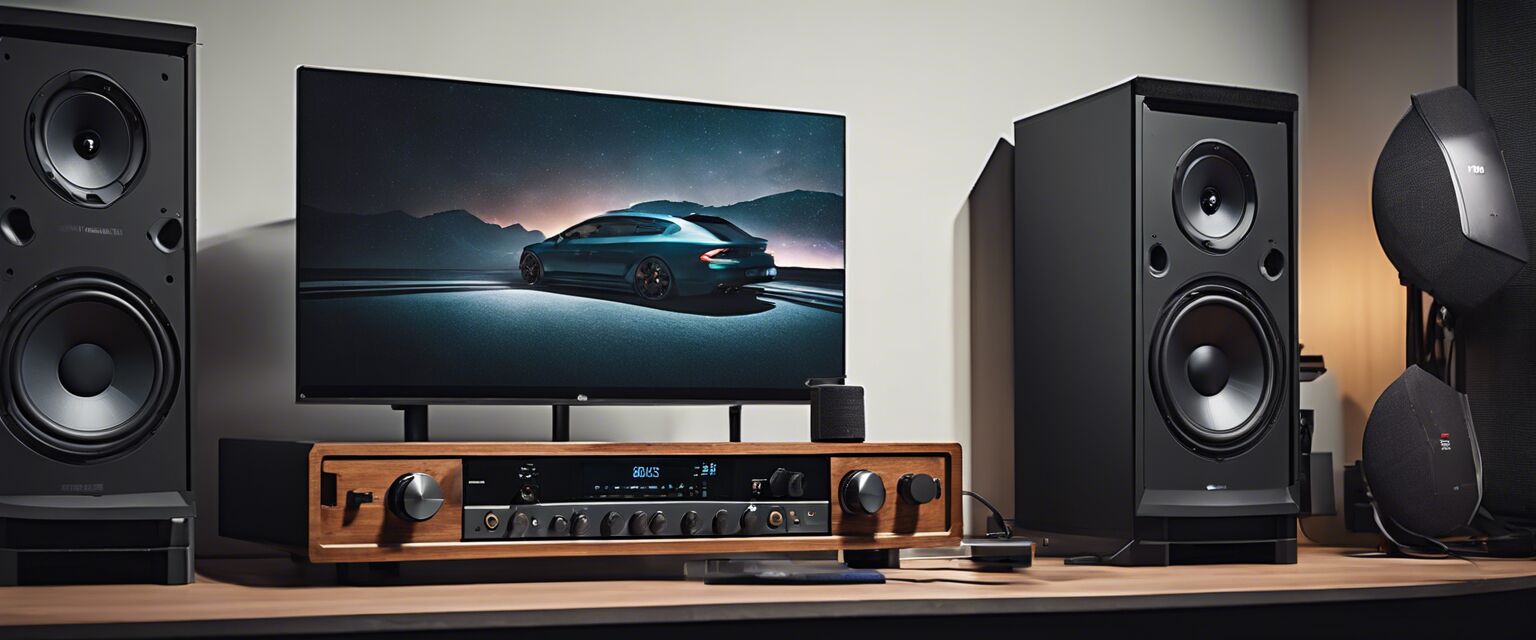
Common Mistakes to Avoid
When setting up your DIY audio system, keep an eye out for common pitfalls:
- Overloading your speakers with too much power.
- Neglecting room acoustics which can dramatically affect sound.
- Ignoring the wiring; always use quality cables.
Pros
- Cost savings compared to purchasing pre-built systems.
- Full control over the setup and configuration.
- Sense of accomplishment from building your own system.
Cons
- Initial learning curve for beginners.
- Time-consuming research and assembly process.
- Possible compatibility issues between components.
Conclusion
Creating a DIY home audio system is a rewarding project that allows you to achieve excellent sound quality on a budget. Through careful selection of components, clever techniques, and diligent testing, you can build a system that meets your audio needs and preferences.
